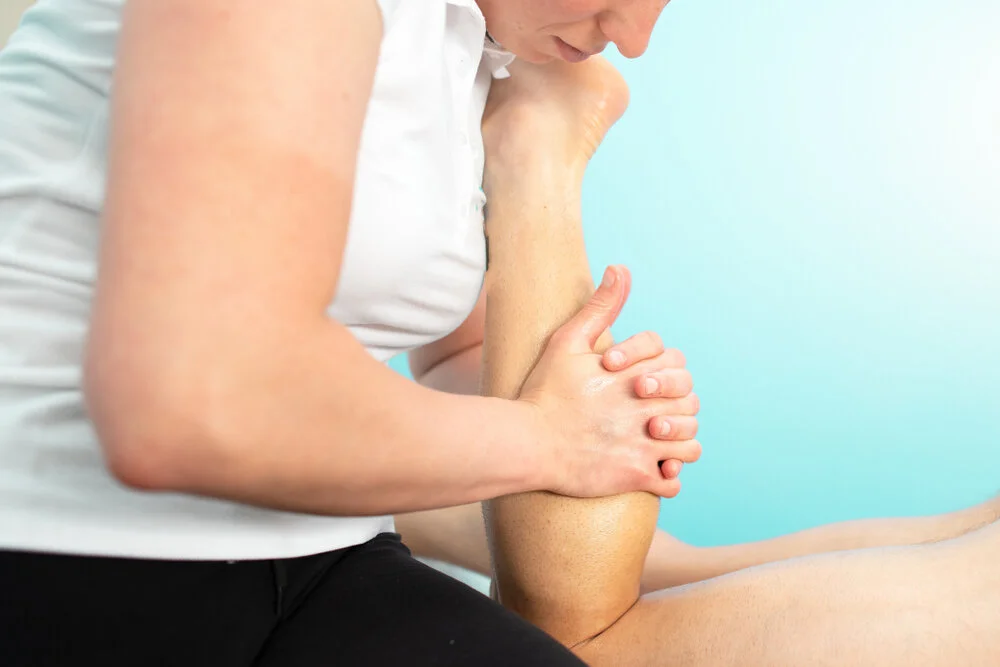After undergoing surgery, the road to recovery can be challenging, with pain, stiffness, and limited mobility often hindering your progress. Massage therapy can significantly aid in alleviating these post-surgical symptoms, promoting faster and more comfortable recovery. By specifically targeting muscle tightness, tension, and joint restrictions, massage therapy helps restore normal function and ease the guarding reaction of tissues.
Massaging the affected areas also communicates to your central nervous system that the trauma is past, facilitating a quicker return to pre-surgery conditions. Additionally, this form of therapy can help manage issues with scar tissue, reducing pain and improving your range of motion. Choosing a skilled massage therapist ensures that you receive a treatment tailored to your unique needs and recovery goals.
The benefits of incorporating massage therapy into your post-surgery rehabilitation are extensive. Enhanced blood circulation, effective pain management, and reduced stress are just some of the advantages that make this holistic approach a valuable part of your recovery plan. For those looking to optimize their healing process, massage therapy offers a balanced and effective solution.
Understanding Massage Therapy in Post-Surgery Treatment
Massage therapy plays a significant role in various aspects of post-surgery recovery, including pain relief, improved mobility, and enhanced healing processes.
Benefits of Massage Therapy Post-Surgery
Massage therapy can greatly assist in pain relief and reduction in swelling, crucial for facilitating a smoother recovery process. For instance, it is effective in managing issues related to post-surgical scars, such as pain and reduced range of motion, as indicated in the American Massage Therapy Association article. Increased blood flow and improved circulation help deliver oxygen and nutrients, assisting in tissue healing and scar management.
Additionally, by managing scar tissue through techniques like myofascial release and trigger point release, massage helps in maintaining tissue elasticity. This supports better mobility and can prevent complications from stiff, painful scar tissue.
Types of Massage Techniques for Post-Surgical Recovery
Different massage techniques are utilized to address various needs during post-surgical recovery. Techniques such as myofascial release help in loosening tight tissue to improve elasticity and reduce pain. Lymphatic drainage is another technique aimed at reducing swelling by promoting the removal of waste products and excess fluid from the tissue.
Trigger point release focuses on relieving points of muscle tension that might cause pain or limit motion. Manual therapy techniques, such as those advised by the Massage Therapy Journal, also include targeted therapy approaches tailored to specific surgical sites and patient conditions, ensuring that recovery is efficient and safe.
Physiological Effects of Massage on Postoperative Rehabilitation
The physiological benefits of massage therapy are significant. Massages improve circulation, which enhances blood flow and the delivery of oxygen and nutrients to recovering tissues. This not only supports the healing process but also helps in the removal of metabolic waste products, reducing swelling and inflammation.
Moreover, massage therapy can boost the immune system, aiding in a faster recovery by enhancing nutrient supply and waste product removal. Manual therapy also supports better tissue elasticity, which is crucial when dealing with scar tissue management and overall mobility enhancement. By reducing pain and improving function, massage therapy contributes to more effective postoperative rehabilitation.
Implementing Massage Therapy into Post-Surgery Care Plans
Integrating massage therapy into post-surgery care plans involves combining it with physical therapy for a comprehensive recovery approach and utilizing evidence-based practice to ensure effective outcomes. This combination helps improve the range of motion, reduce inflammation, and manage postoperative pain.
Incorporating Massage Therapy with Physical Therapy
Combining massage therapy with physical therapy enhances recovery by addressing different aspects of healing. Physical therapy typically focuses on restoring strength, flexibility, coordination, and mobility through various exercises and stretches. Massage therapy complements this by reducing muscle tension, improving blood circulation, and alleviating scar tissue discomfort.
For instance, while physiotherapy can focus on stretches and strengthening exercises, massage therapy works on managing inflammation and reducing chronic pain. This combined approach supports postural education and gait training, ensuring a holistic recovery. By integrating both therapies, healthcare providers can create a more effective and personalized plan addressing multiple facets of recovery.
Evidence-Based Practice and Outcomes in Post-Surgical Massage
Evidence-based practice is crucial in post-surgery massage therapy. Randomized controlled trials and meta-analyses have shown that massage therapy can significantly improve outcomes. Massage therapy reduces postoperative pain, alleviates discomfort from scar tissue, and enhances overall mobility.
Study findings indicate that incorporating massage therapy leads to notable improvements in range of motion and pain management. By adhering to best practice guidelines, therapists can ensure the methods applied are scientifically proven and effective. Tailored massage therapy plans based on such evidence can optimize recovery and elevate the patient's quality of life after surgery.

